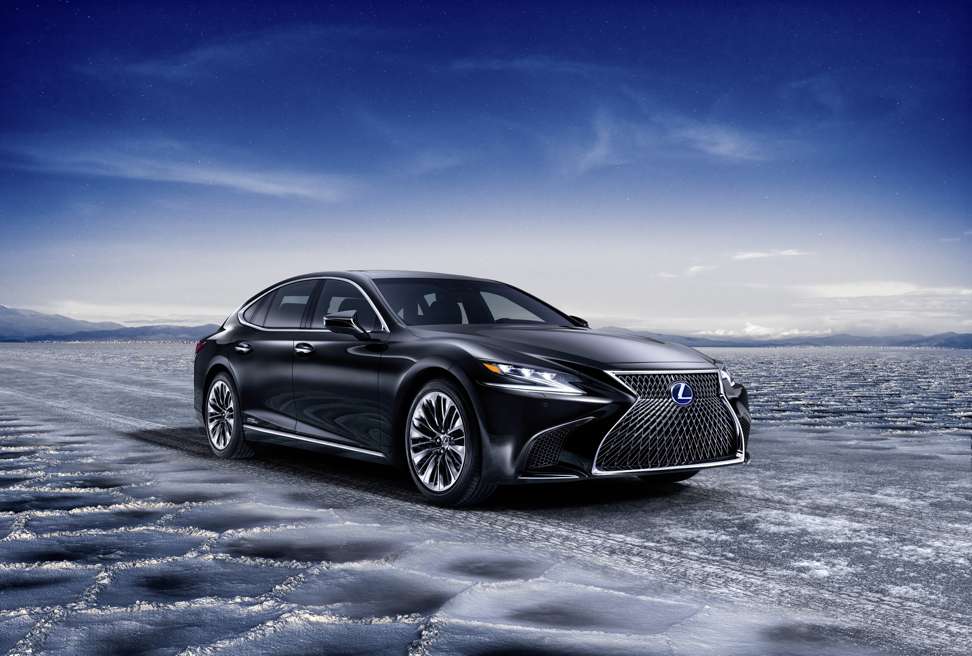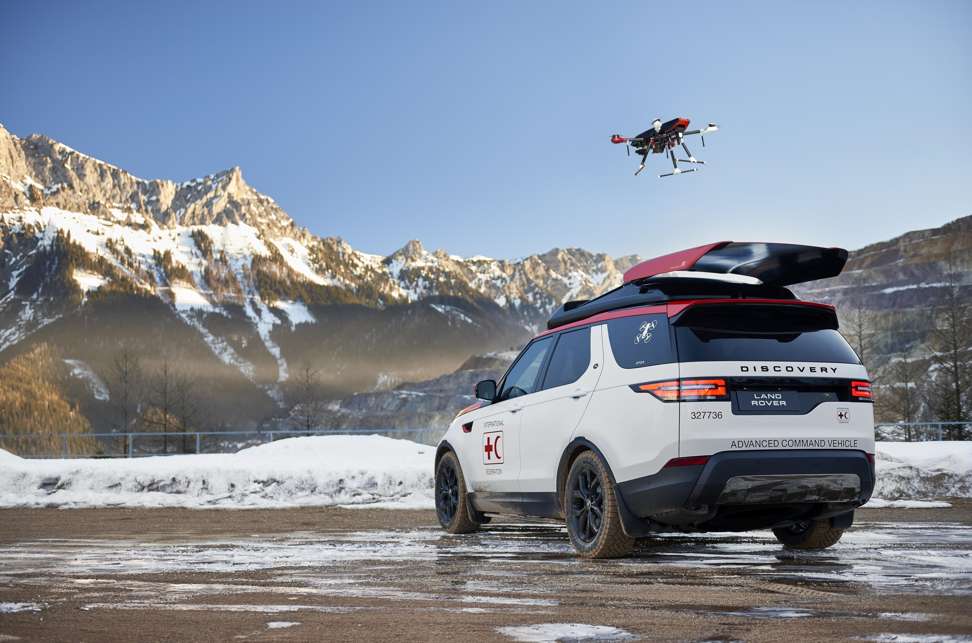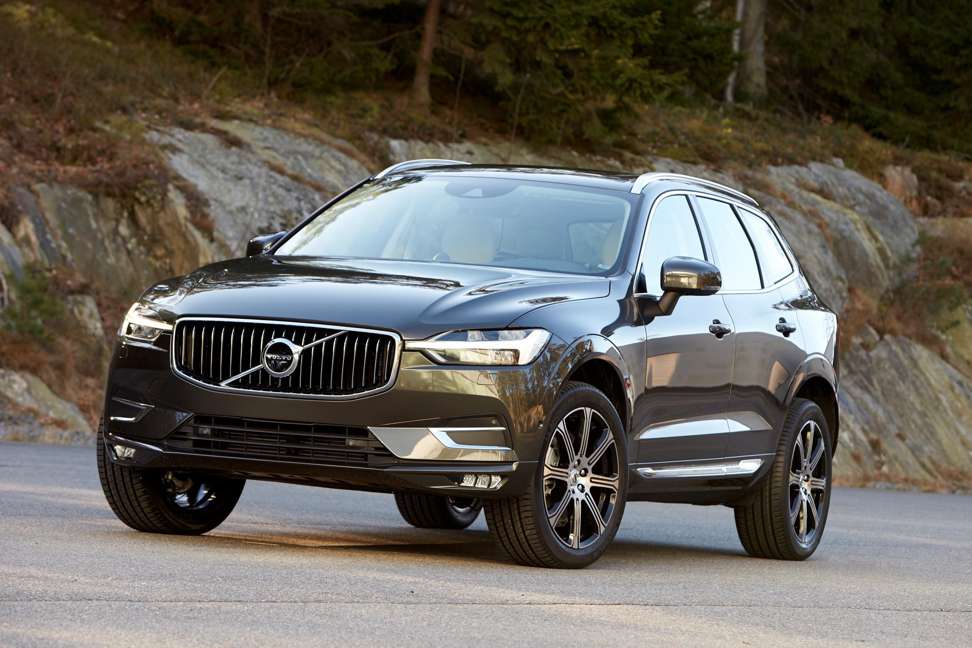
Triumph of technology and digital innovation in Geneva
Futuristic cars from top brands steal the limelight at Geneva motor show

Several innovative cars were presented at this month’s Geneva International Motor Show, but it was the Renault Trezor Concept that made Hong Kong proud. The electric two-seater was named 2016 Concept Car Design of the Year at the Car Design of the Year Awards, and the prize went to Hongkonger Anthony Lo Wai-kei, Renault’s vice-president of exterior design.

It’s a big win for Renault because the awards are organised by the industry bible, the Car Design News website, and consist of two keenly fought 10-car categories. Judged by 20 top car designers, the awards are arguably the Oscars of international automotive design. So Lo’s latest podium photocall could be yet another boost for his alma mater, Polytechnic University’s School of Design.
Lo received similar honours for his work on the futuristic Saab Aero X Concept in 2006, and was also commended for his input on Opel’s GTC and Mervia concepts, two years later. The Trezor Concept’s success seems sweeter; the stunning electric vehicle overcame the impressive Jaguar I-Pace and special Vision Mercedes-Maybach 6 to take the award.
Renault describes the Trezor as “the beginning of a new cycle of concept cars” and says it explores the styling and technology of future models. The coupé stands out with red windows but its stride-over cabin access could challenge women in a short dress, as did the Lotus Elise.
Even so, the 305hp EV could raise new expectations of bright lights, metallic paint, and plug-in power. Renault says the Trezor’s front and rear batteries combine to produce 380 Newton metres of torque for 100km/h in less than four seconds.

The new Lexus LC 500 won the awards’ “other” category as 2016 Production Car Design of the Year, ahead of the impressive Volvo V90 and the Bugatti Chiron. The 467hp LC 500’s 467-horsepower, five-litre V8 engine promises 100km/h in 4.5 seconds.
The Lexus LC 500 debuted in Detroit last year and is now stickered in the US at US$92,000. Sleek, plush and laden with tech, this halo car does 100km/h in 4.5 seconds, but the newly launched hybrid version, the Lexus LC 500h (US$96,510) seems more justifiable in Hong Kong. Its Lexus Multi Stage Hybrid System offers the combined 354hp of a twin-turbo 3.5-litre V6 petrol engine and two electric motors. It has a 35mm longer wheelbase than the current LS, at 3.125m, and can reach 100km/h via a 10-speed automatic transmission.
The LS 500h’s lithium-ion hybrid battery is also 20 per cent smaller than the nickel-metal hydride unit in the Lexus LS 600h. As a result, the new hybrid’s boot is 25 litres larger. The LS 500h also whirrs 600Nm of torque, accelerates to 100km/h in 5.4 seconds and can cruise for 140km/h on electric, the company says. Its safety includes “the world’s first intuitive pedestrian detection function with active steering”, which means it could steer around a jaywalking pyjama man in Sai Ying Pun.

Jaguar Land Rover’s special vehicle unit has customised a three-litre TD6 Land Rover Discovery for the Austrian Red Cross, and it’s a reminder of how emergency services in some countries use drones. The Land Rover Project Hero Discovery is an advanced communications vehicle, and the first with a sophisticated roof-mounted drone that can safely locate and video emergency scenes live for humanitarian teams, and then be landed back on a moving vehicle.
The Austrian Red Cross’ new Discovery also has a heavy-duty sliding floor in the rear load space, which may be deployed as an additional work surface. It also has a segregation panel offering more mounting points behind the rear seats, the carmaker says. Fitted with specially positioned LED lighting for night work, the vehicle will be based from June at the Austrian Red Cross training centre in Erzberg, and in Vienna, Land Rover adds.

The Hyundai FE Fuel Cell Concept revealed the South Korean carmaker’s fourth generation of hydrogen fuel cell technology and it is 20 per cent lighter and 10 per cent more efficient than the Tucson ix35 Fuel Cell’s system. The concept’s fuel stack power density has been increased by 30 per cent, Hyundai says. It also charges portable battery packs for passenger devices, and offers an integrated storage and charging space in the boot for an electric scooter for park-and-ride commuters.

Three new advanced driver-assistance systems have been added to the latest iteration of the Volvo XC60. The first is an expansion of its Collision Warning with Autobrake system, which the marque says has helped to reduce rear-end frontal crashes in Sweden by about 45 per cent. The new sport utility vehicle’s City Safety electronics also include steering support, which “engages when automatic braking alone would not help avoid a potential collision” with vehicles, pedestrians and large animals between 50-100km/h. The car also has a new Oncoming Lane Mitigation system that helps drivers to avoid collisions with oncoming-lane vehicles.